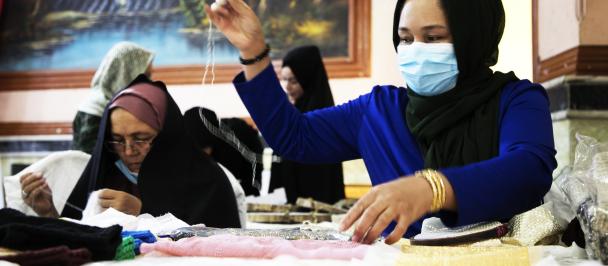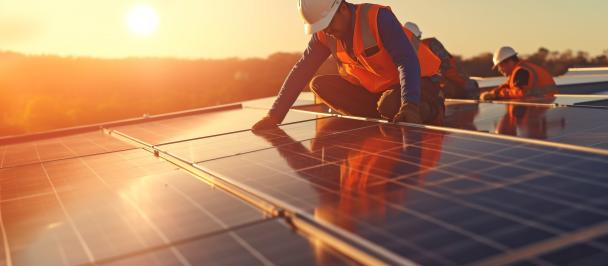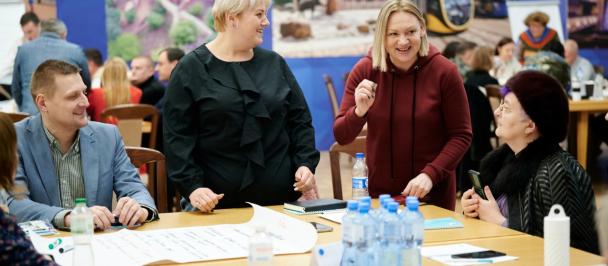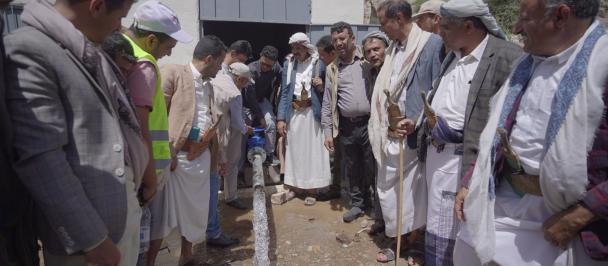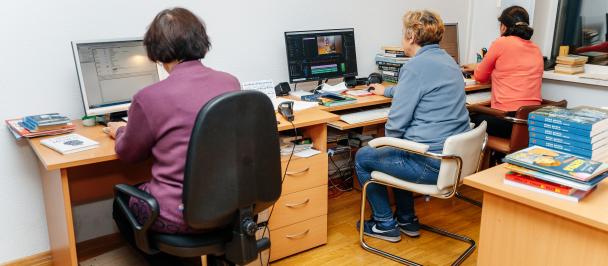In pictures: Clearing Mosul’s Mines
April 4, 2020
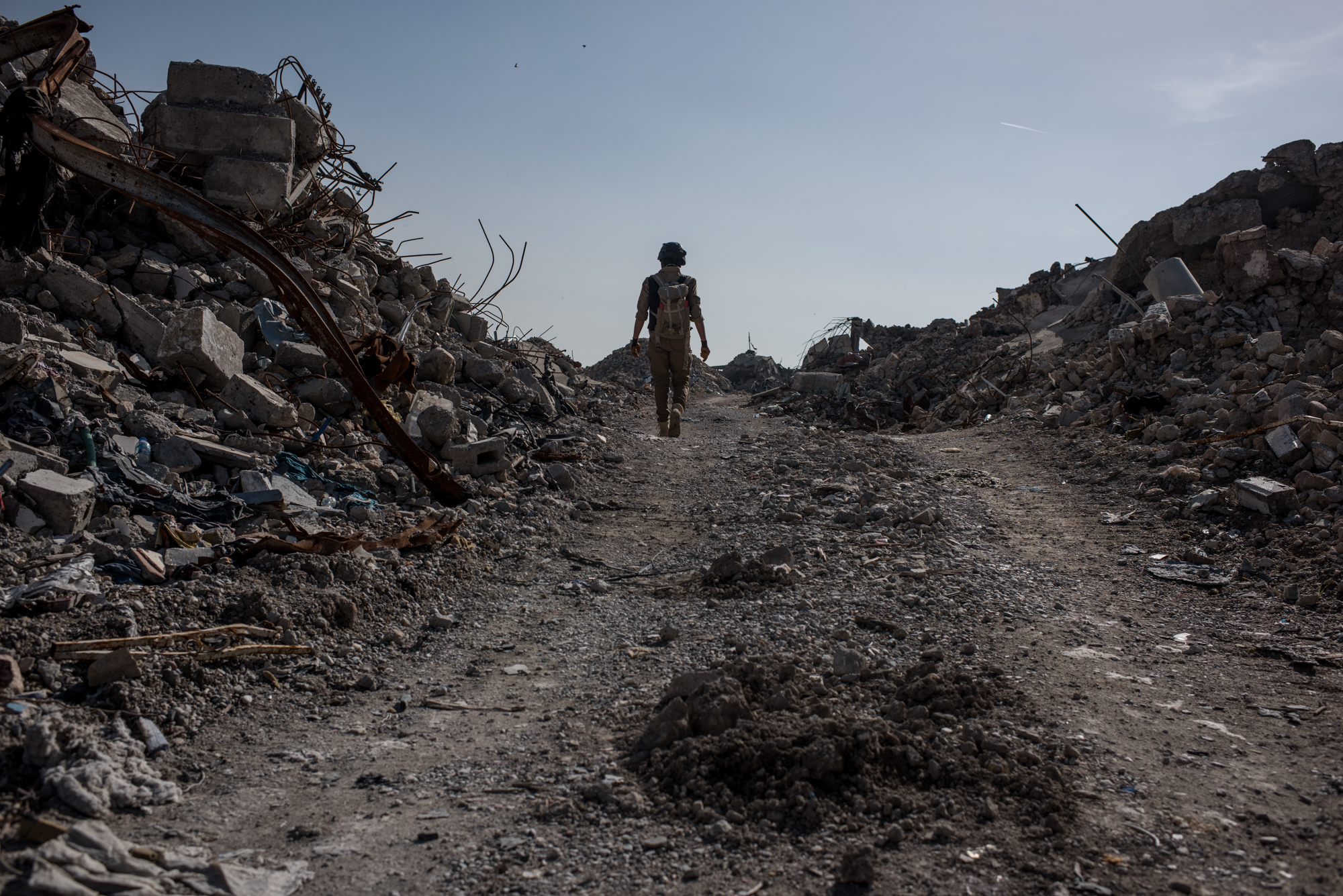
In the battle to liberate Iraq from the Islamic State of Iraq and the Levant (also known as Da’esh), Mosul - Iraq’s second largest city and cultural epicenter - was hardest hit.
To help rebuild this iconic city and make safe the surrounding areas, the United Nations Mine Action Service (UNMAS) works alongside the United Nations Development Programme (UNDP), the International Organization for Migration (IOM), the United Nations World Food Programme (WFP), and others to remove explosive ordnance and other hazardous objects remaining from the conflict.
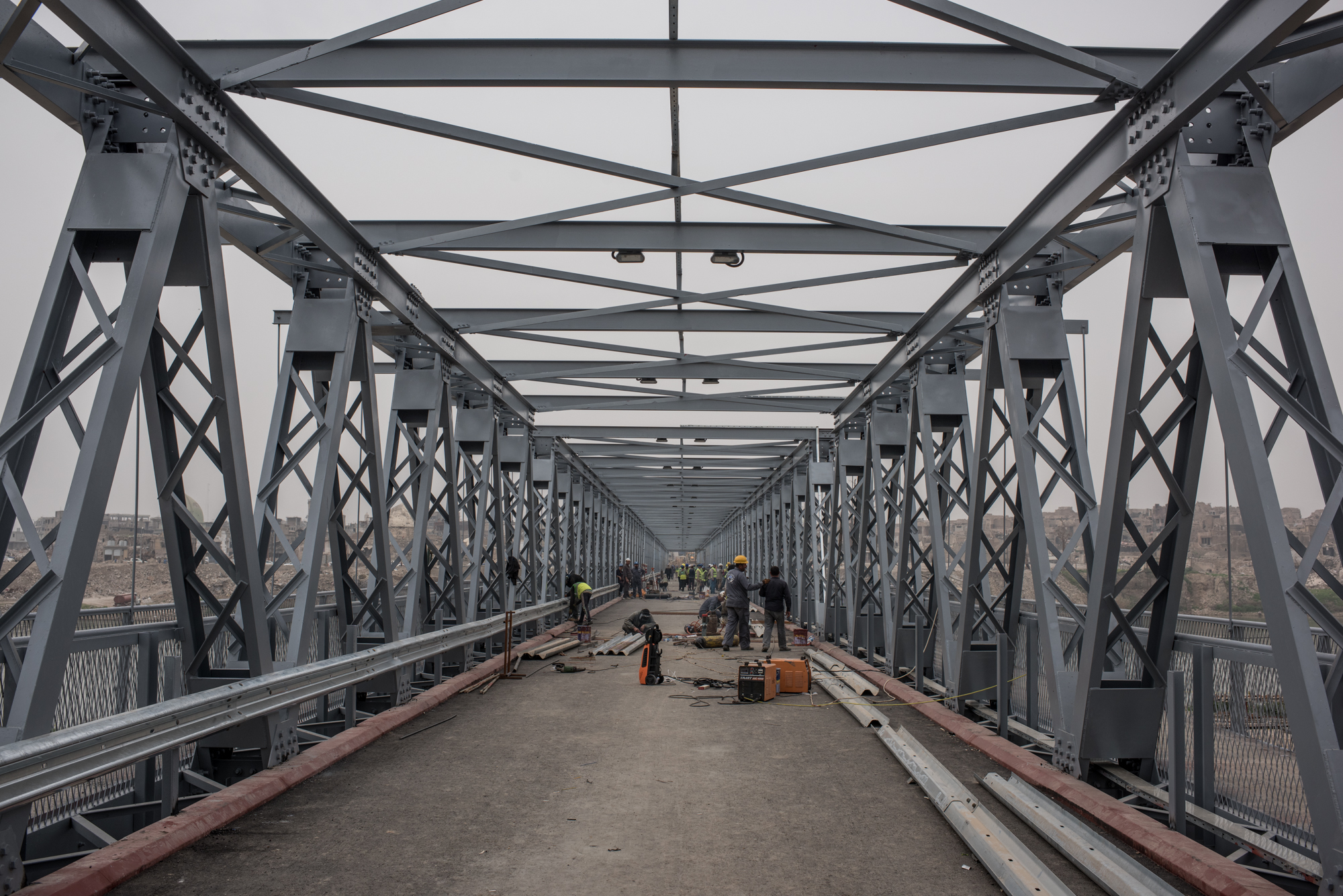
Enabling the restoration of critical community services and infrastructure such as schools, hospitals, roads, water systems and electricity networks.
Almost three years after Mosul’s liberation, approximately 62,000 explosive hazards have been cleared across more than 1,422 sites in Mosul.
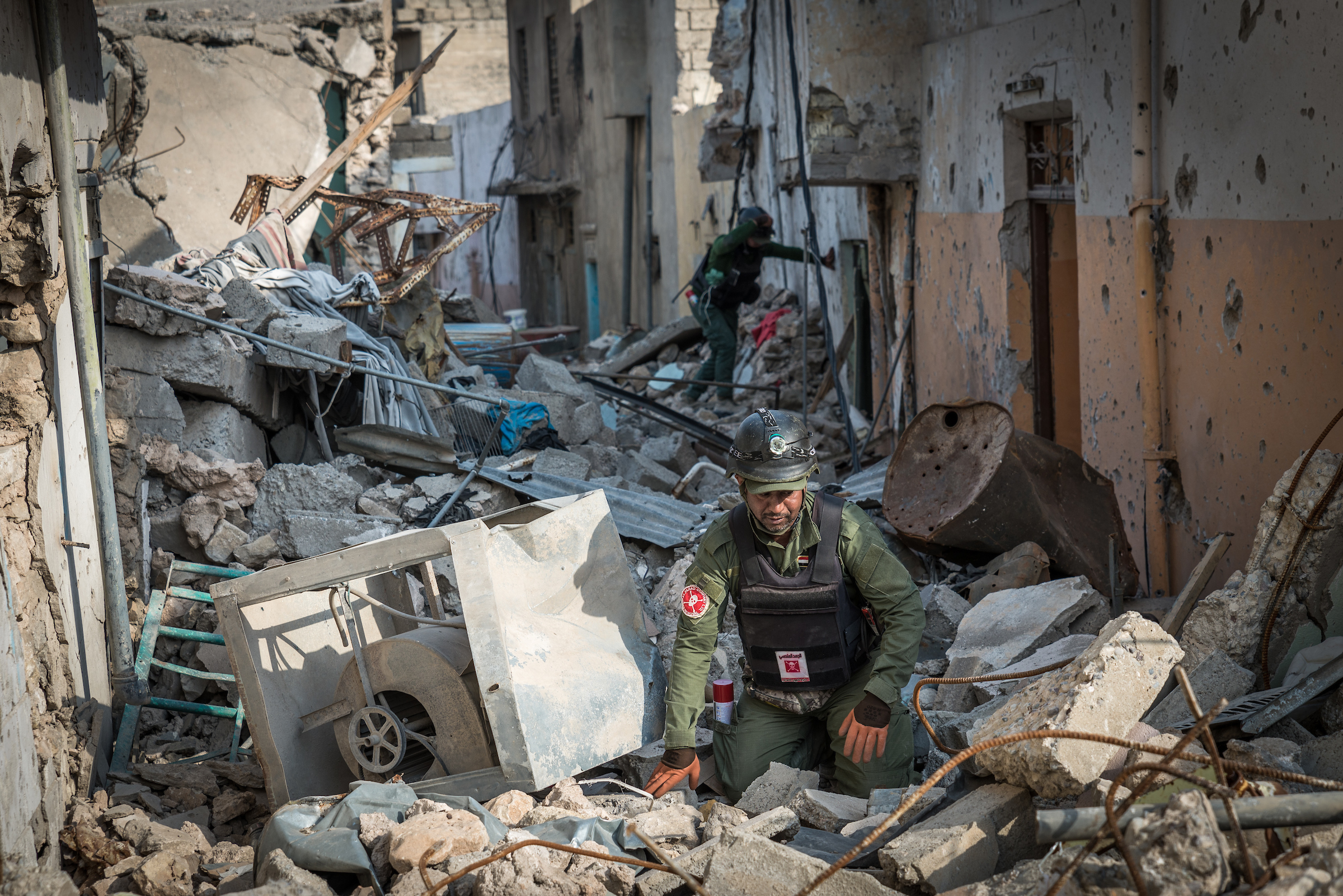
UNMAS clearance teams search for explosives in Mosul’s historic old city, which, after its liberation, contained approximately 10 million tonnes of rubble - the equivalent of three Giza pyramids. After streets were cleared for mines, UNDP employed thousands of locals to remove the rubble.
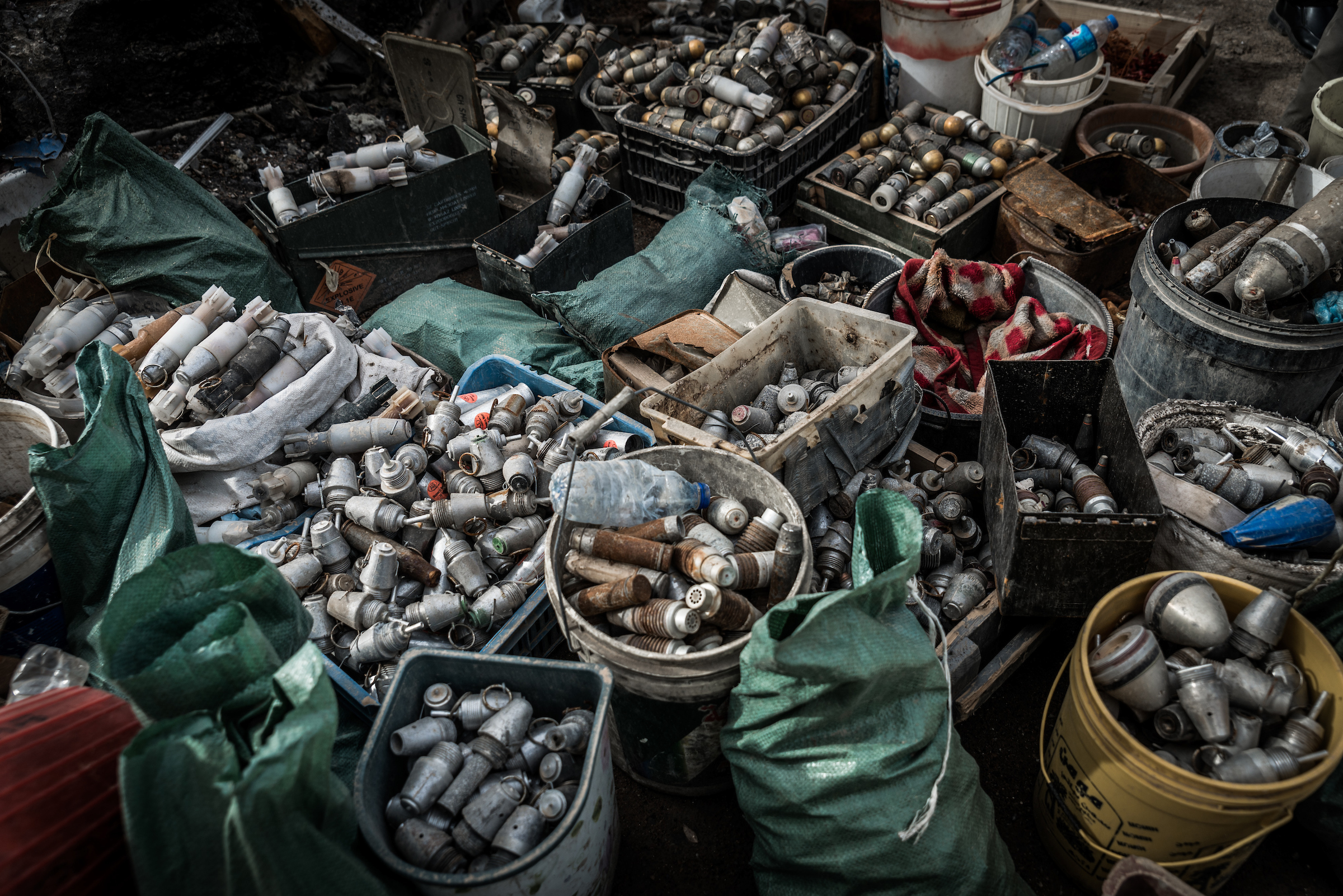
A stockpile of weapons made by Da’esh found by UNMAS clearance teams at Al Shifa Hospital Complex in West Mosul. The Hospital Complex was one of Da’esh’s headquarters and was heavily bombed in the battle to liberate the city. Five specialist health facilities on the complex are currently being rehabilitated by UNDP, including the Oncology Hospital, the biggest facility for cancer patients in Ninewa.
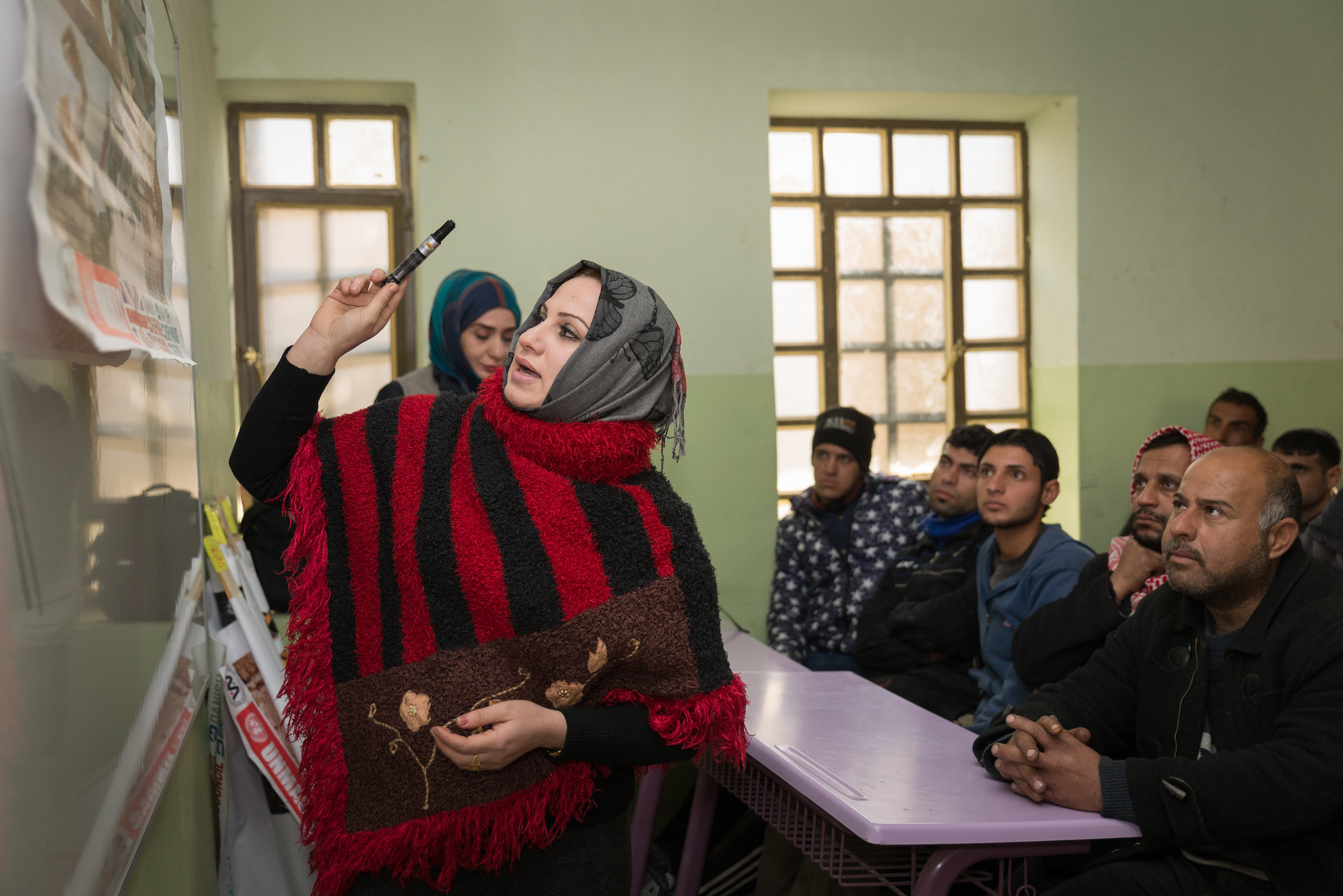
UNMAS experts hold an explosive hazard training course for contractors in West Mosul. The workers, employed by UNDP to remove rubble, are trained on how to recognize and react to the threat of mines and improvised explosive devices.
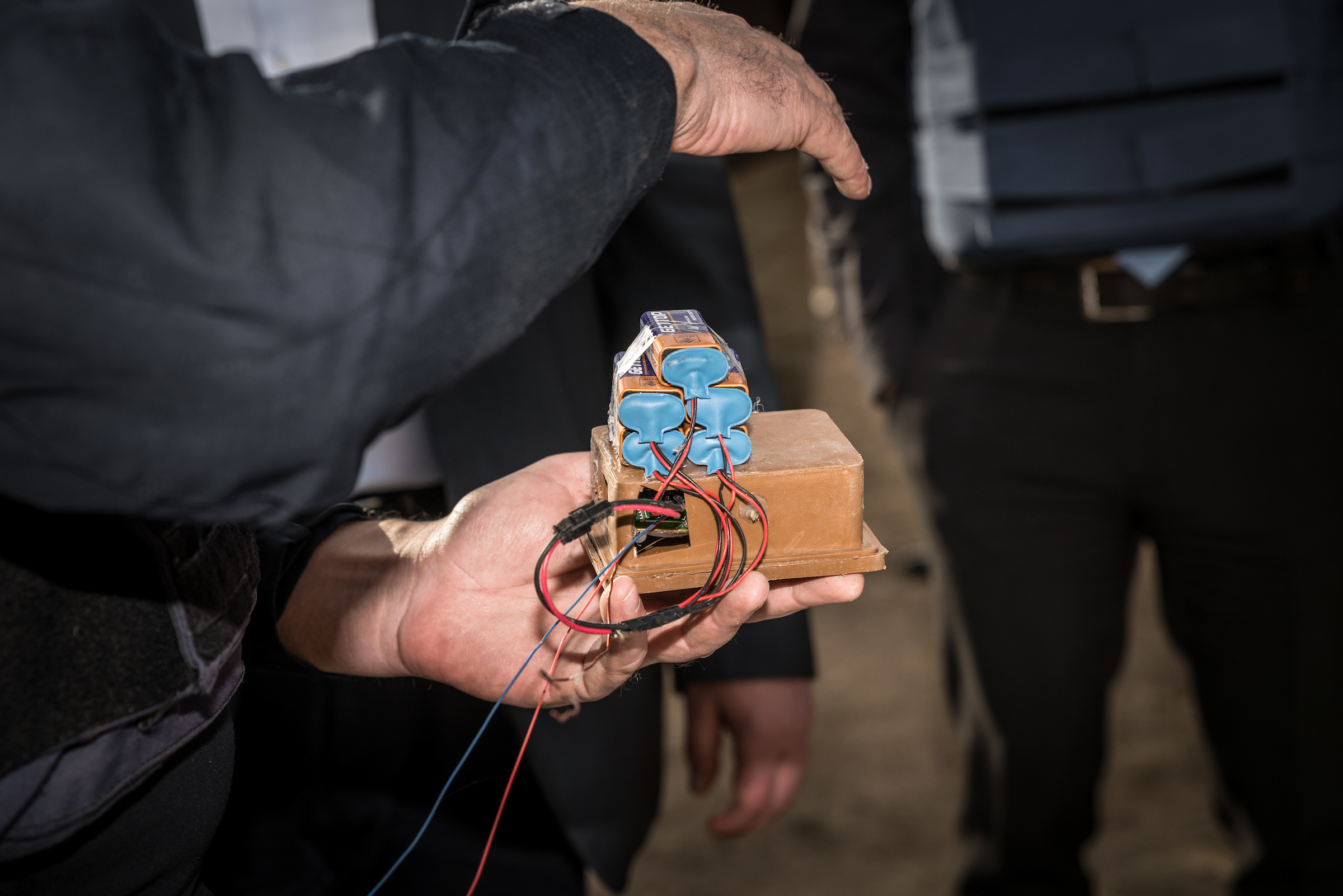
UNMAS experts conduct an explosive hazards demonstration for UNDP staff and international partners at Al Shifa Hospital Complex. UNDP’s rehabilitation work cannot commence until a site has been cleared by UNMAS or one of its implementing partners.
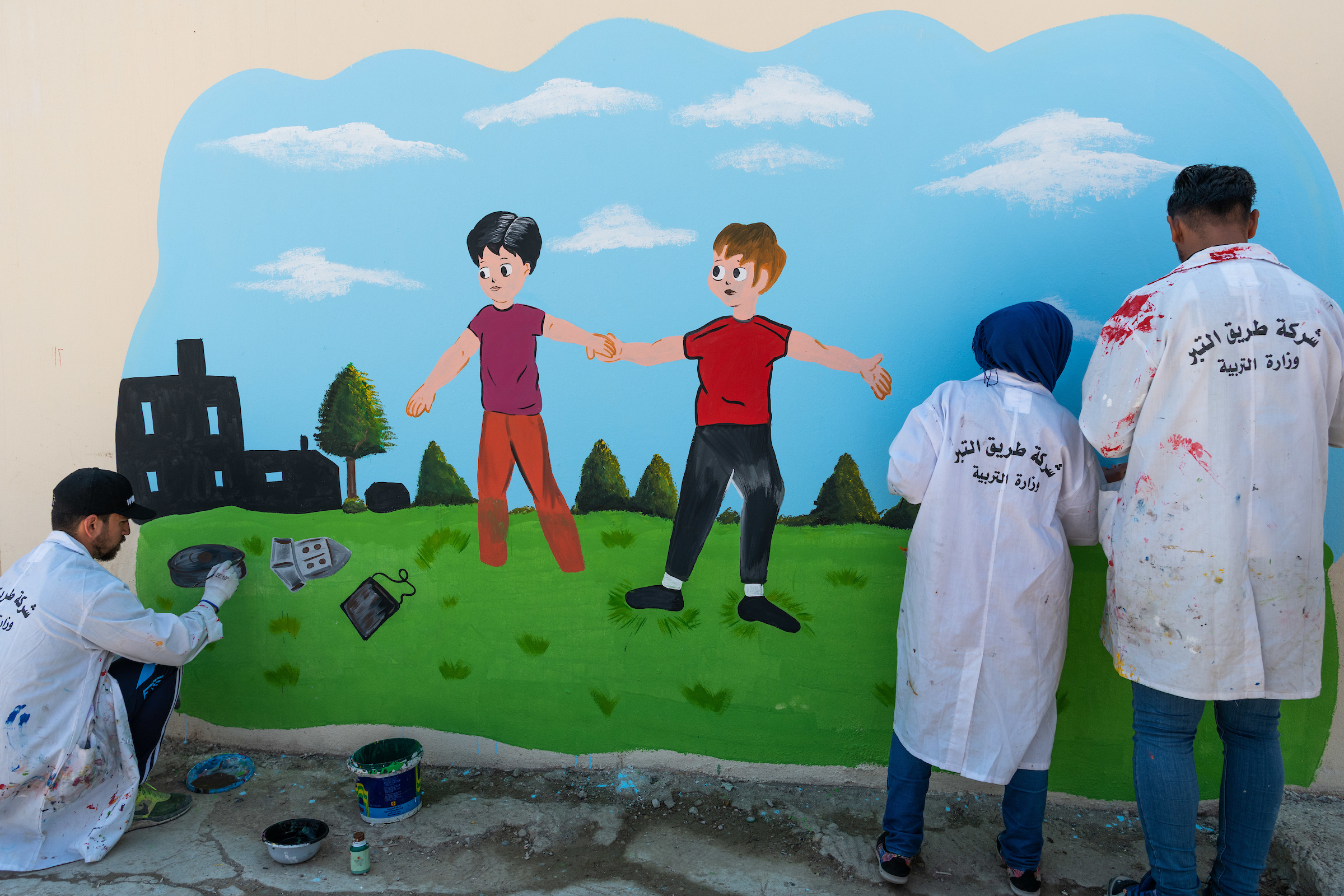
Artists employed under UNDP’s Cash for Work programmes paint a mural at public schools to raise pupils’ awareness of explosive hazards.
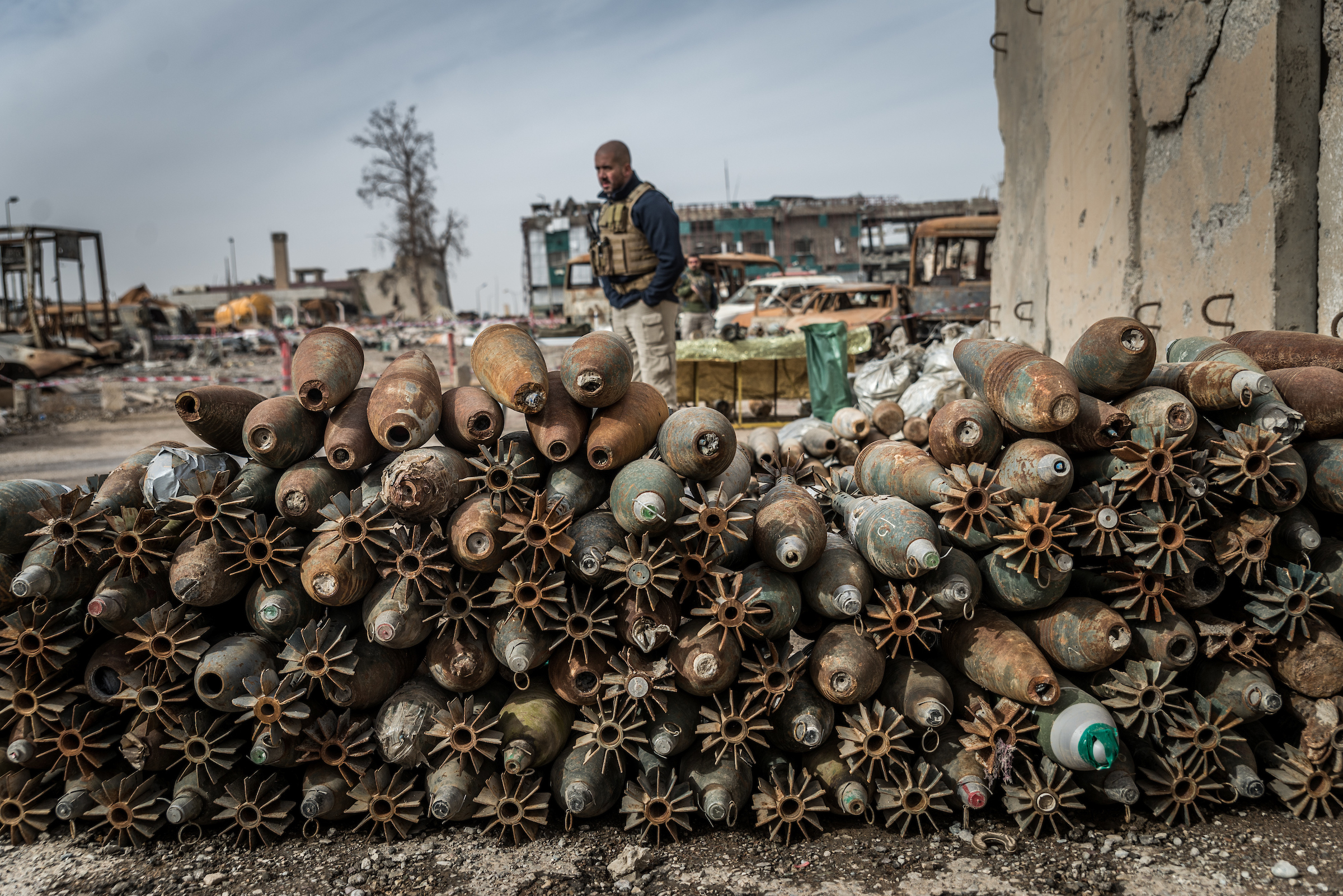
Hundreds of explosive devices cleared at Al Shifa Hospital Complex. Approximately 1,320 explosives were removed from this site alone between October 2017 and March 2019.
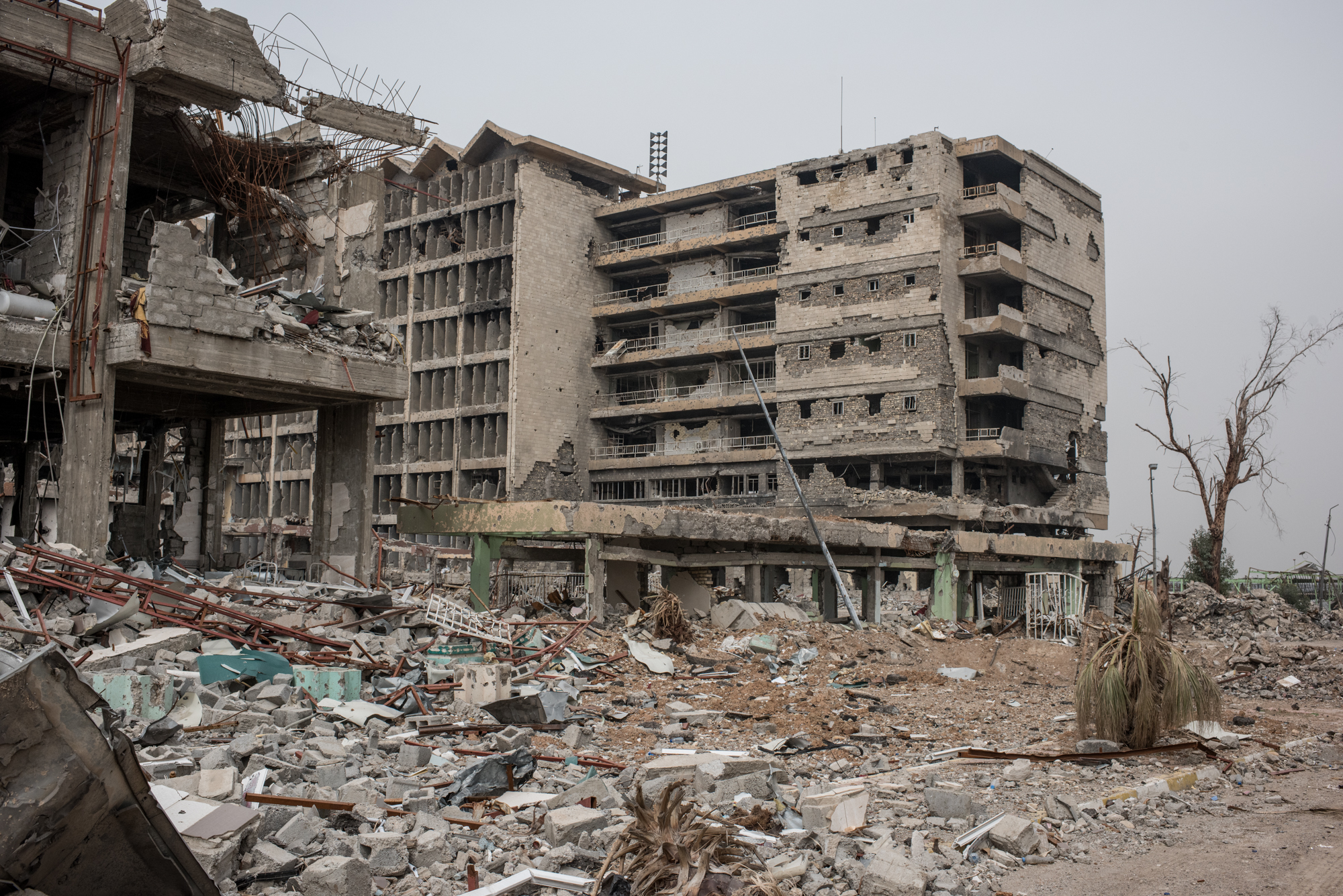
A section of the heavily destroyed Al Shifa Hospital Complex in West Mosul, Iraq on March 8, 2018. The hospital was previously the largest center for healthcare in the city and was heavily damaged during fighting between Iraqi forces and Da’esh during 2017. At the time, reconstruction projects were in process to rehabilitate the vast facility after UNMAS cleared the area of explosive contaminants from the area. Due to the size of the complex, both clearance operations and reconstruction were happening simultaneously.
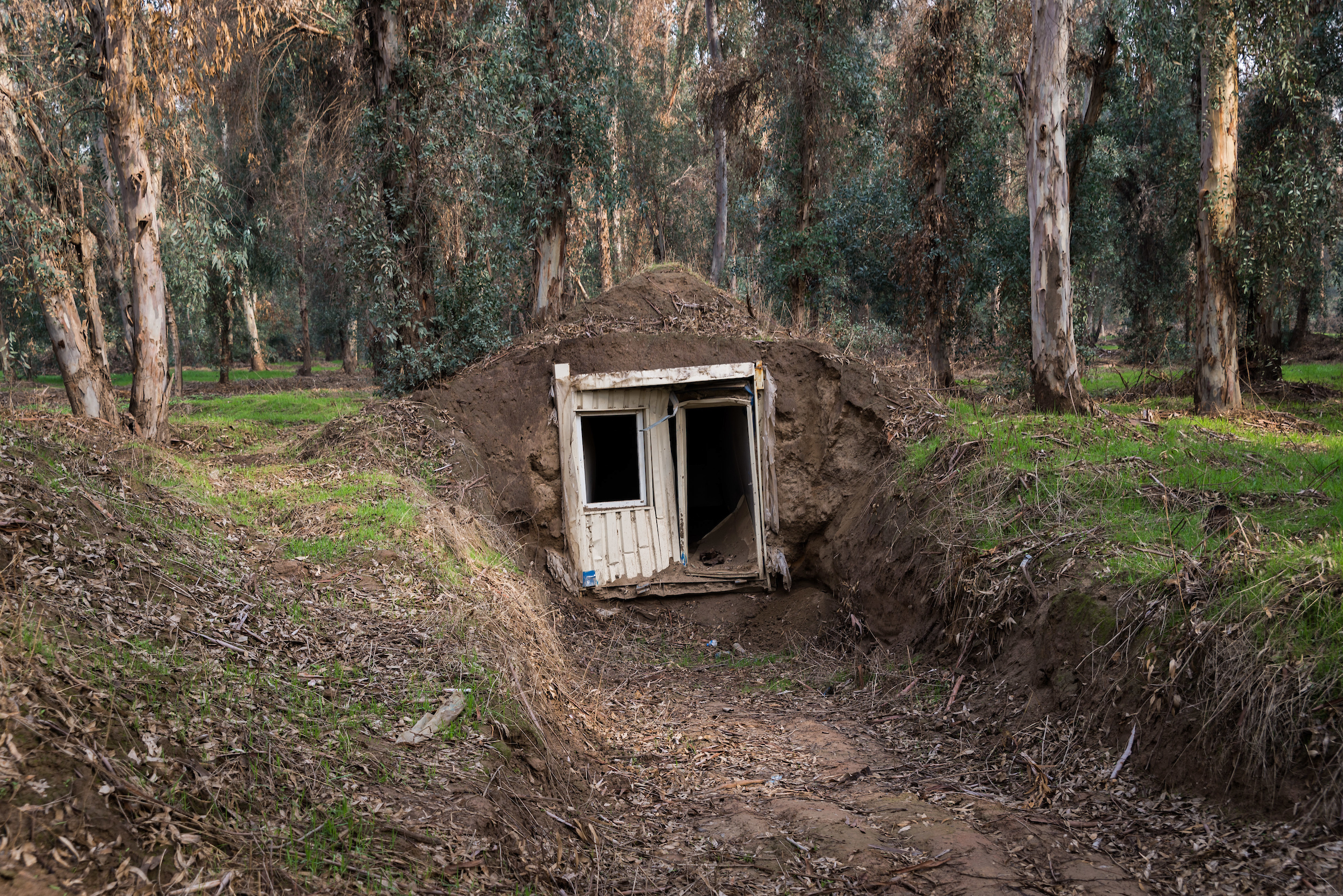
A bunker found during clearance operations in an area named 'The Forest' in east Mosul, Iraq on March 8, 2018. This area was believed to be used as a training and re-education site by Da’esh during their control of the city. It has since been cleared by UNMAS contractors.
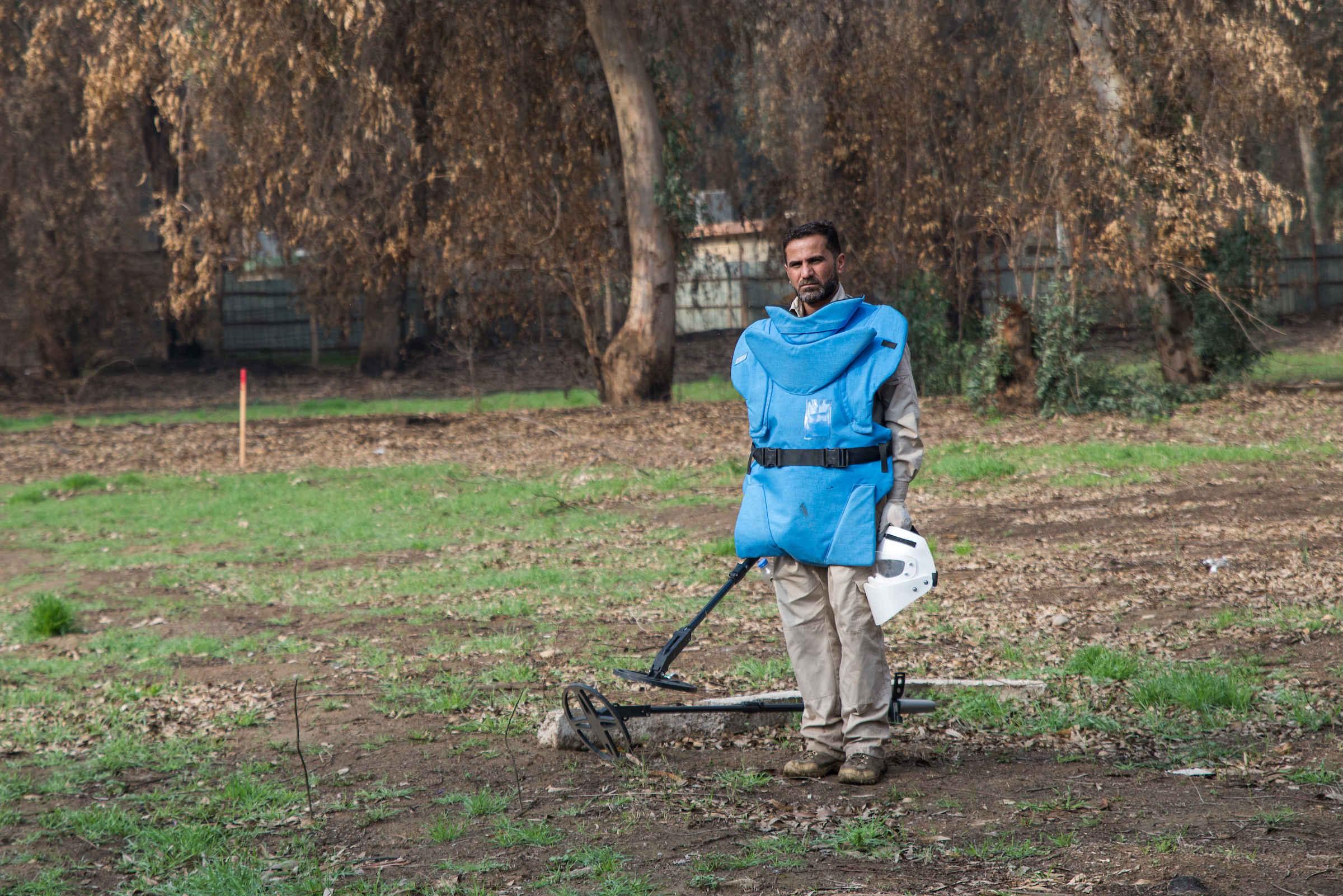
An UNMAS implementing partner employs clearance teams to detect and remove explosives in the East Mosul Forest. The Forest was used by Da’esh to store explosives and other weapons.
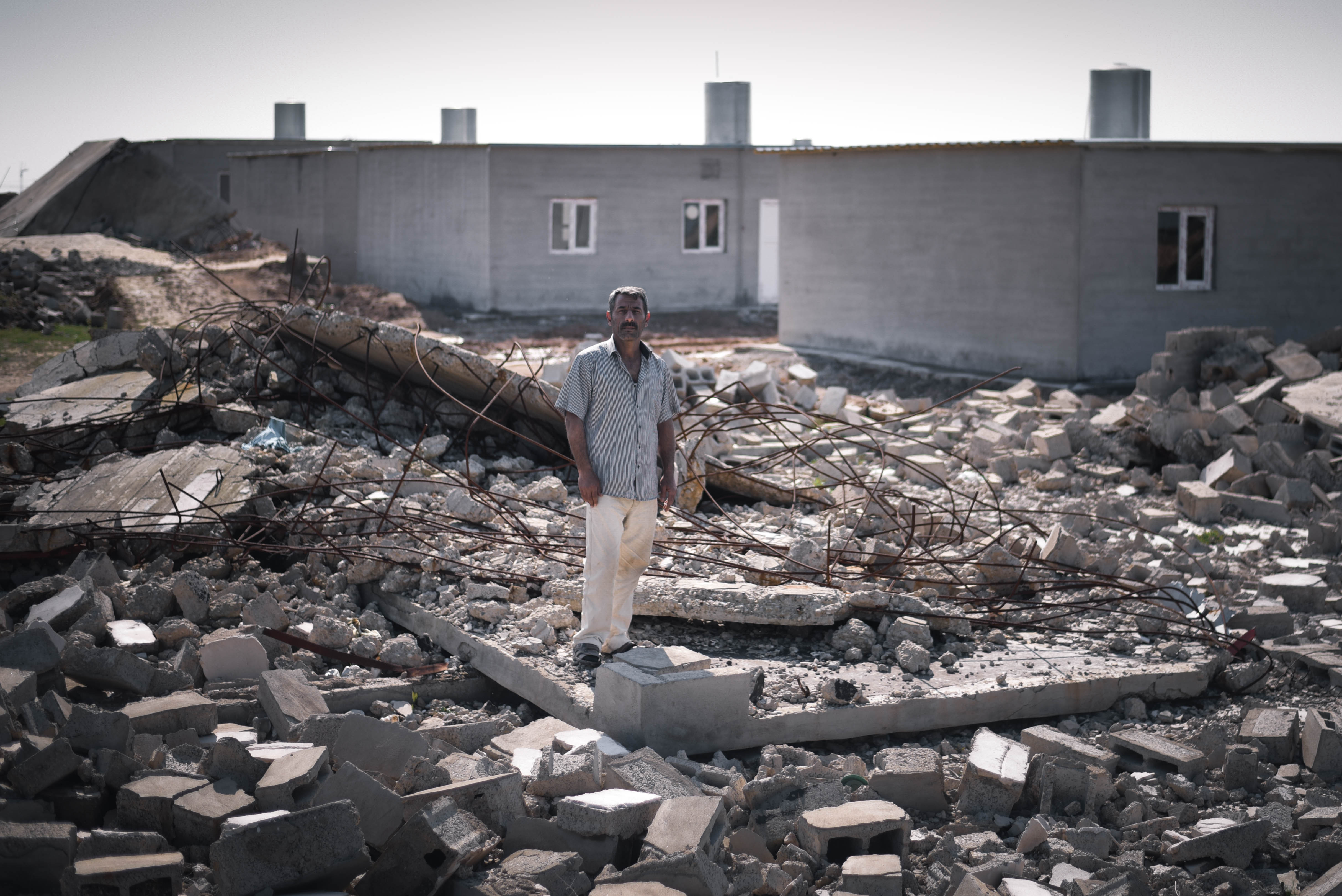
A home lies in ruins in Tibba Village, Kirkuk Governorate. For many IDPs, destroyed housing is one of the biggest obstacles to their return. Addressing this issue is challenging and sensitive in post-conflict Iraq, especially due to high levels of site contamination with explosive remnants of war (ERW). IOM Iraq routinely coordinates with UNMAS to provide essential information about the risks of explosive hazards in affected communities.
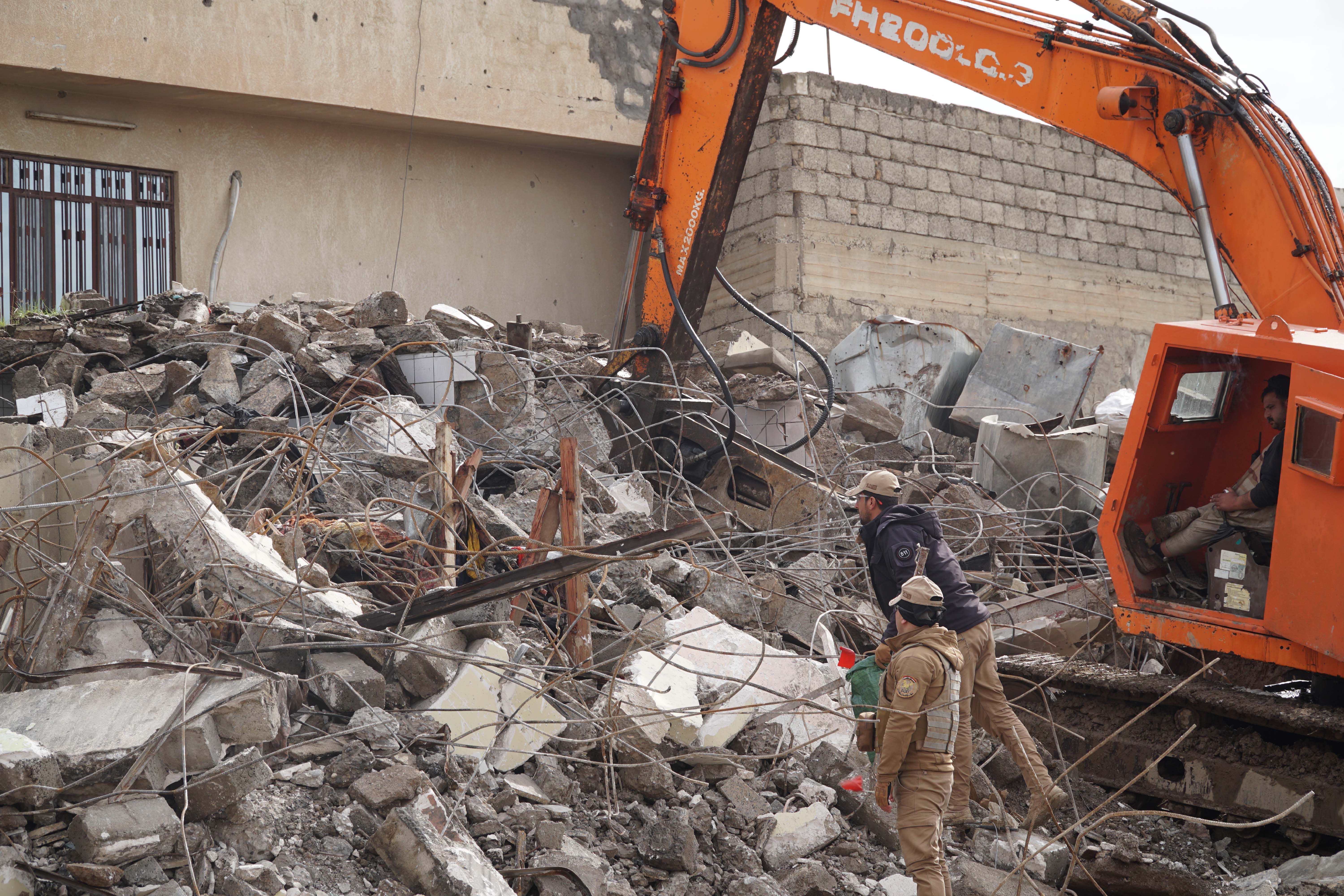
Debris from a destroyed house in Al Zanjili, Mosul, is cleared from the site. Last year, IOM Iraq completed a pilot project in West Mosul, focused on ERW decontamination and removal of debris. The activity has expanded in 2020; debris will be cleared from more completely destroyed households in the Al Zanjili neighbourhood of West Mosul and explosive hazards will be removed from the sites, in partnership with Tetra Tech.
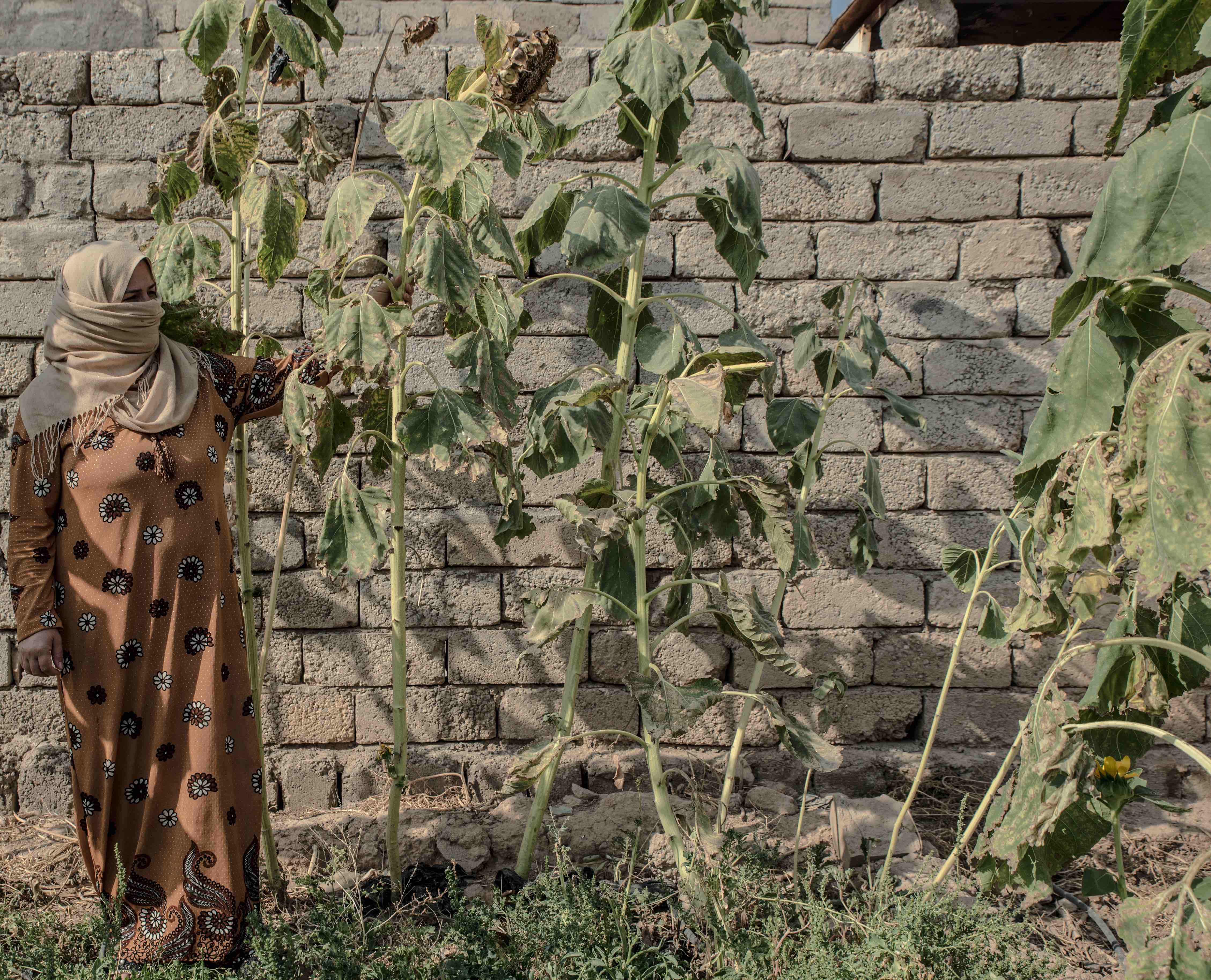
Residents near Mosul prepare land to plant olive trees, as part of WFP’s livelihoods and resilience programmes. The projects help people find work again when they return home from camps, enable access to water, and allow communities to recommence farming. The land has been cleared of explosive hazards, thanks to WFP’s close partnership with UNMAS, experts from the private sector, and other partners.

A woman plants sunflowers to harvest seeds and press oil, in the garden of her village home near Mosul. Ensuring areas are safe from explosive hazards means that participants in WFP’s programmes have been able to safely plant vegetables and fruit in “kitchen gardens,” which help families meet their household food needs, and secure an income by selling their excess produce. Fellow participants in the programme have planted harvestable trees, and constructed and planted in greenhouses. Many have improved their access to water through restored canals nearby, and new or repaired irrigation.
Stabilizing Iraq after Da’esh
At the request of the Government of Iraq, UNDP established the Funding Facility for Stabilization (FFS) in June 2015 to facilitate the return of displaced Iraqis, lay the groundwork for reconstruction and recovery, and safeguard against the resurgence of violence and extremism, through the rehabilitation of critical infrastructure.
Clearance first
Before any reconstruction and rehabilitation tasks can commence, the area must first be cleared from explosive hazards - improvised explosive devices (IEDs) in particular, that are easily made, camouflaged, and turned into deadly weapons intended to kill. While IEDs are easy to assemble, they prove a challenge to render safe, specifically due to their dynamic nature. Any houseware item can be turned into an IED, with children especially vulnerable.
After clearance comes recovery
UNDP Iraq has completed more than 2,300 stabilization projects in 31 liberated towns and districts in Iraq, helping local authorities to quickly rehabilitate essential infrastructure and services like schools, hospitals, roads, water networks, and electricity systems. These efforts have contributed to the return of more than 4.6 million IDPs.
IOM Iraq works to address the drivers of conflict, displacement and irregular migration, by strengthening Government capacity to provide services; initiatives that rebuild trust between communities; increasing opportunities for community and civil society interaction. Stabilization and recovery programmes include community engagement; livelihood and job creation; mental health and psychosocial support in conflict-affected communities; social cohesion projects; and infrastructure rehabilitation among others.
WFP is supporting 70,000 returnees from camps and host communities through scaled-up, longer-term livelihood and resilience activities such as restoring irrigation systems, agricultural inputs and training opportunities. Such activities help vulnerable people and their communities get back to work, and meet their food requirements.
For this International Day for Mine Awareness and Assistance in Mine Action (IMAD2020), UNMAS, UNDP, IOM, and WFP, would like to thank all of the front-line personnel who risk their lives on a daily basis to clear critical infrastructure in contaminated areas.

 Locations
Locations